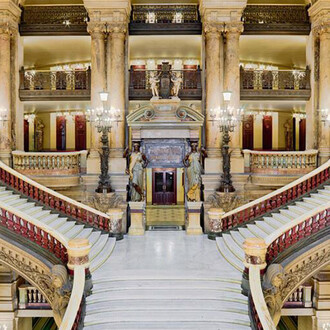Ryan Lee Gallery is pleased to present Ayahuasca notebook paintings: journeys and returns, the gallery’s second exhibition of works by George Nelson Preston. This new body of paintings were all created in the past two years. Ayahuasca is a part of Preston’s practice, entwined with his deep exploration of his own family and ancestral heritage connecting to native peoples of the United States, Africa and Brazil. Preston has deep ties to Brazil, and it has been an important place in his life and imagination since he first traveled there in the 1980s.
The subtitle Journeys and returns mirrors the trajectory of an ayahuasca experience. Preston explains, “When you ‘travel’ by ayahuasca you metaphorically climb a mountain, ‘repair’ at the summit and come back down to earth accompanied by native guardians, spoken words and music. As you journey, if you do not resist or fear you will go through many states of mind that take away fear, hate and all the anti-humanist instincts”.
Preston began painting as a teenager in the 1950s while at the same time beginning a spiritual journey. He continued this path of discovery in the 1960s through reading anthropologist Weston La Barre’s The peyote cult and experimenting with psychotropic drugs in conjunction with researchers Richard Alpert (later known as Ram Dass) and Timothy Leary. (In a twist of fate, Preston would go on to marry La Barre’s niece.) The works in this show were inspired by Preston’s travels in Brazil from the 1980s onwards, where he embarked on painting, curatorial, writing, and teaching projects before eventually becoming acquainted with ayahuasca as well as native peoples such as the Huni Kuin (whose word for ayahuasca is nixi pei).
Many of these paintings use Preston’s distinctive color palette of grays, blues, and purples. He achieves a transparent and luminous paint quality through grinding pastel chalk with linseed oil. Some works in the exhibit reference specific locations — such as Arpoador Beach and Rodrigo de Freitas Lagoon in Rio de Janeiro — and specific people — such as indigenous shamans who guide the ayahuasca process — while others portray imagined spaces in the land of the Huni Kuin.
The evocation of water is a recurring theme for Preston, along with his focus on spirituality and the history of the Atlantic region connecting the United States, South America, and Africa. With How I Introduced Shaman Txai Kuin and Okomfo Yaa Fosia, Preston makes explicit the connection between Africa and Brazil in Preston’s work. The diptych brings together two important figures in his life: an okomfo (a priest from Ghana) and a shaman. The work incorporates collaged paper to create vines, referencing the clinging lianas used to prepare ayahuasca.
George Nelson Preston (b. 1938, New York, NY) is an artist whose mixed-media, abstracted paintings are anchored by his profound scholarship in African art, years in Lower Manhattan’s avant-garde art scene, and extensive travels across the Atlantic world as an art historian, essayist, and curator. Preston’s recent output has focused on capturing the common spirit of the cultures he has encountered in his circumnavigation of the Atlantic. The artist sees the ocean as an “aqueous continent,” with its shores along the Caribbean, Brazil, Africa, and Europe serving as its borders. Building on the sweeping, expressionistic linework and daring paint drips of his earlier work, Preston delves into his own family history as well as themes of memory, historical trauma, and the complex legacy of the African diaspora. His simultaneous use of paper cut-outs, spliced and pasted quotations of European portraits, and African mask imagery reflects his extensive scholarship and travels.
Preston’s work has been featured in solo and group exhibitions at David Zwirner Gallery, London (2023); Pinacoteca de São Paulo, São Paulo, Brazil (2022); Nina Johnson Gallery, FL (2022); Karl and Helen Burger Gallery at Kean University, NJ (2019); Grey Art Museum at New York University, NY (2017); Wilmer Jennings Gallery at Kenkeleba House, NY (2016); Merton D. Simpson Gallery, NY (2015); LeRoy Neiman Gallery, NY (2012); and gallery onetwentyeight, NY (2002), among others. His work is held in museum collections including Museu Afro Brasil, São Paulo, Brazil; Musée Khelcom, Saly, Senegal; and Nigerian National Museum, Lagos, Nigeria, among others.
















